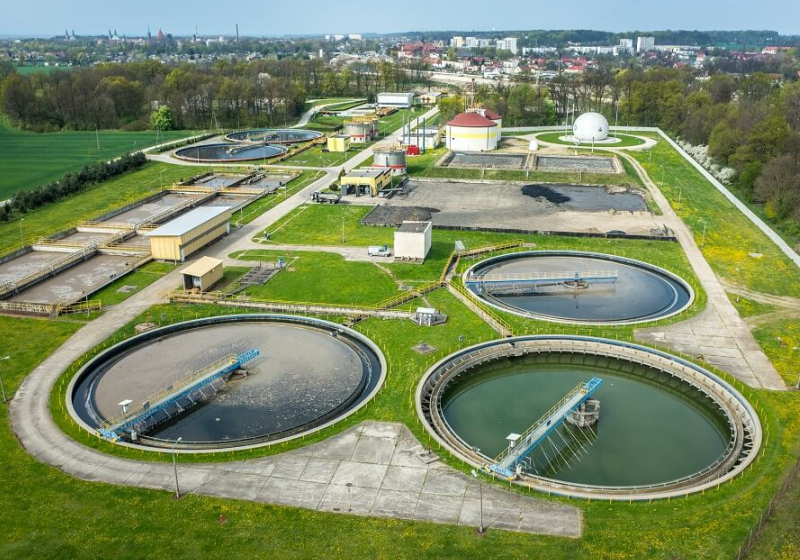Sludge Problems in Activated Sludge Process
Activated sludge process is a form of aerobic wastewater sewage water treatment based on the biochemical metabolism of suspended biological groups.
From the microbial point of view, the sludge in the biochemical tank is a biological group composed of various bioactive microorganisms.
If the sludge particles are observed under a microscope, it can be seen that there are a variety of microorganisms - bacteria, molds, protozoa and metazoans (such as rotifers, insect larvae and worms), which form a food chain. Bacteria and molds can decompose complex organic compounds, obtain energy necessary for their own activities and construct themselves. Protozoa feed on bacteria and molds and are consumed by metazoans, which can also live directly on bacteria. Such flocculent sludge particles filled with microorganisms and capable of degrading organic matters are called activated sludge.
In addition to being composed of microorganisms, activated sludge also contains some inorganic substances and organic substances adsorbed on the activated sludge that can no longer be biodegradable (i.e. metabolic residues of microorganisms). The water content of activated sludge is generally 98-99%. Like alum flowers, the activated sludge has a large surface area, so it has a strong adsorption capacity and the ability to oxidize and decompose organic matters.
PROBLEM:Sludge whitening during operation
Causes: lack of nutrition, large number of filamentous bacteria or fixed ciliates, poor growth of mycelia gel; High or low pH value will cause large growth of filamentous bacteria, loose sludge and large volume.
Solutions: Adjust the influent load according to the nutrient ratio and the amount of ammonia nitrogen dropping, and maintain the sludge color for several days to recover; Adjust the pH value of influent water, keep the pH value of aeration tank between 6 and 8, and maintain the pH value range for a long time to effectively prevent sludge bulking.
PROBLEM:Sludge blackening during operation
Cause: The dissolved oxygen in the aeration tank is too low, and H2S is released from the anaerobic decomposition of organic matter, which reacts with Fe to generate FeS
Solutions: Increase the oxygen supply or return sludge. As long as the dissolved oxygen in the aeration tank is increased, the sludge will gradually return to normal after more than 10 hours.
PROBLEM:Difficult sludge filtration or rising effluent color during the test
Causes: Lack of nutrition or low water temperature, poor sludge growth, and large amount of sludge flocculation
Solutions: Increase the load to balance nutrition, increase the water temperature, and improve the sludge growth environment.
PROBLEM:Alarge number of bubbles in the aeration tank
Cause: The inflow load is too high and the impact load is too large, which causes part of the sludge to decompose and adhere to the bubbles, making the bubbles sticky and not fragile, so a large number of bubbles accumulate on the water surface.
Solutions: Reduce the inflow of water, slightly increase the amount of returned sludge, and after a period of stability, the bubble reduction system gradually becomes normal.
PROBLEM:Producing brown or gray foam in the aeration tank
Cause: The sludge is aged and too old, and the sludge after flocculating is attached to foam.
Solutions: Increase sludge discharge and gradually update the new sludge in the system. The process of sludge update needs to last for several days. During this period, the operating environment should be well controlled to ensure that the new sludge has strong activity (ensure the stable level of dissolved oxygen within 1.0~3.0, balance the proportion of nutrients, and properly add nutrients).
#QDEVU #WATERTREATMENT #WASTEWATERTREATMENT #SEWAGETREATMENT #SEWAGEWATERTREATMENT #BIOLOGICALTREATMENT #ACTIVEDSLUDGE
Visit www.evuchina.com for more informations!



